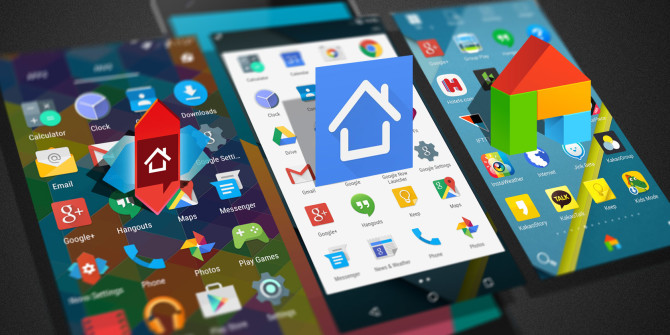Windows 7 was the first iteration when the major operating system took steps to introduce parental restrictions and shared computers. As kids and other family members using the same device, assigning different accounts and creating different profiles was a way to manage things.
But, since then with the introduction and development of Windows 10, and Windows X, which is coming soon, things have changed drastically. Online crimes have increased in leaps and bounds and inappropriate and destructive content is available for free and easier than before. With this, proper parental controls are a must for PC users. After all, Windows occupies 35.83% of the market as of May 2020, followed by iOS with 15% and OS-X with 8%.
Step by Step Parental Control Setup for Windows 10
As more than half of consumers and households are running Windows 10 today, learning the various features it comes with is a great thing. One of them is the in-built parental control feature that can automatically block inappropriate content for kids. On the web, during online browsing, if your kid finds themselves in the wrong place, Windows 10 can restrict it for them.
This has been baked into the Settings part of the Account. So, for your kid’s account, you can make these changes in the settings before giving away the device. We list here a chronological order of steps you must take if this is your first time and you are new to PC.
- Administrator Account
First, you need to set up a parental control account. For this, go to your Settings and click on Accounts. For this, you need to have administrator privileges. Then, from the left panel select, ‘Family & Friends’ and select if this is a child, enter their email address, and you are done. When the account is ready, you have to log in using the new password and the email address and then you can begin customizing the experience.
- Enable Settings
Now, you have added your child’s account to Windows parental control, you can customize the PC. Of course, there is other software like Qustodio which goes even further, but this is also a good start. For this, go to the Windows Family Control website and log in using your Microsoft account.
- Family & Others
Then, go under the ‘Family & Others’ section from your account of your child and enable the parental controls by selecting ‘Manage Family Settings’ which is nothing but a toggle switch. Here you can select to email you weekly reports as well.
- Website Blocking
Over on the left-hand side you can view several different options for blocking content online. In this list, you can see recently visited websites and a checkmark to allow or block it from next time. In regards to this, you can also check purchasing, screen time, and so on. When you click on the ‘Website Browsing’ feature you can view a detailed analysis of history and so on. Blocking any website means, turning the toggle switch on.
- Safe Search
You can then tune for allowing or disallowing ‘Safe Search’ which means no obscene content will be displayed during search results. Also, adult content is blocked. Under the same section, there is also a list where you can target inappropriate content specifically. Simply turn it on and then you can enter the URL of a website to disallow it. Alternatively, you can create two databases:
- Always allow these sites.
- Always block these sites.
- Apps & Games
Finally, you can set parental controls for apps and games and media where you can choose to block inappropriate games. This means mature movies, and so on. You can limit them by simply using the filters for rating like 3+ for apps, movies with ‘G’ for all ages, TV for all ages, and so on.
What are Windows 10 or PC Parental Controls Good for?
Microsoft has done lots of improvements with the latest OS. Here you can do the following:
- You can set up different accounts and a primary account to monitor your kid’s activities and stuff.
- You can monitor their browsing history and internet activity.
- Block desired websites of choice very easily.
- Enable access to their email and include it in parental settings.
- Offer privileges selectively in their account.
- Set up purchase limits and spending limits.
There are also other areas but this is the primary highlight.
Check on the Activity
There are several third party software like Qustodio which are expensive but offer more advanced monitoring and customizations than PC parental controls, the inbuilt features that we mentioned above. They are good, sound amazing, but the science of internet and data analysis has gone far. It is an app that does all the heavy lifting for you. Qustodio is one of the best apps in the market as of today, and so we take this example.
With this, you can manage, supervise, and protect your child from online crimes, bullying, and more. It works seamlessly via devices, smartphones, Android, and iOS. It is even available for Kindle. It comes with visualizations that show you statistics. Dashboard is all you want. The filtering technology is far more advanced in this, instead of relying on a database of websites that you have written down, it uses analytics for better filtering.
As a final note, no matter what kind of software and tool you use, keeping an eye on your kid, talking to them daily, knowing what is going on with them every day is the only solution to keep them safe in an increasingly modern world. When we live online, there are threats, and with proper monitoring both online and offline, you can protect your child.
Tips
- You can even get your child’s first email address when creating an account if it doesn’t exist in under a minute, at the same dialog box.
- Keep note of checking monitoring reports on a daily weekly basis to learn how and what you kid is up to online.








Add Comment